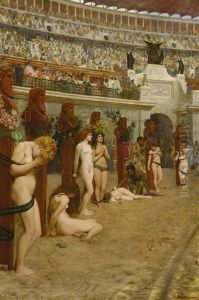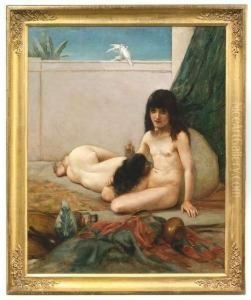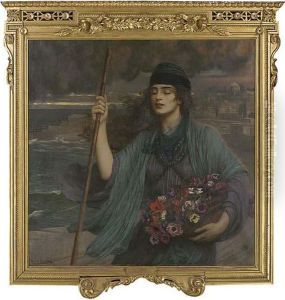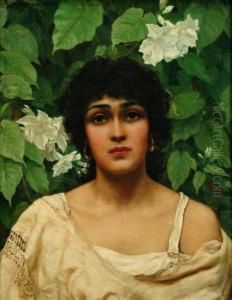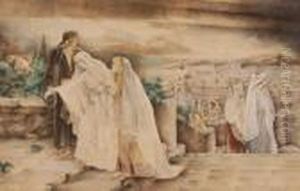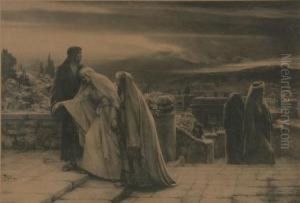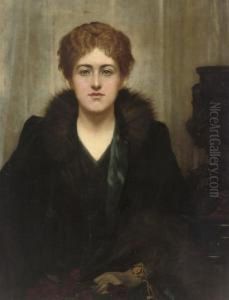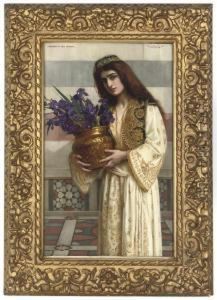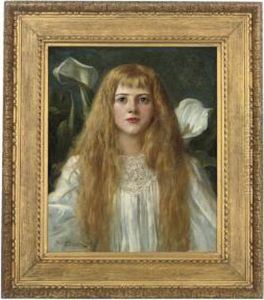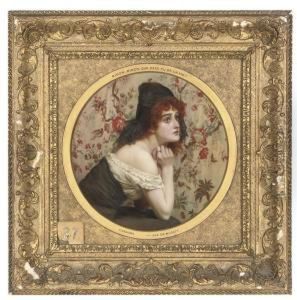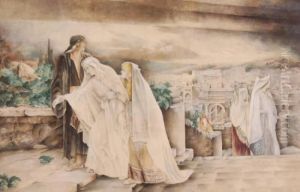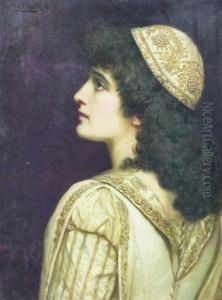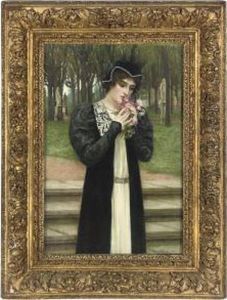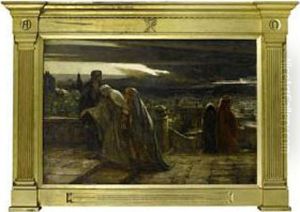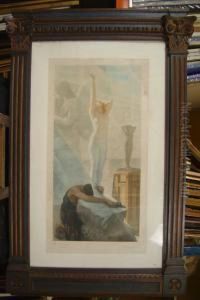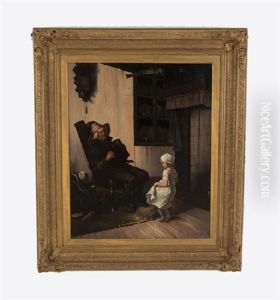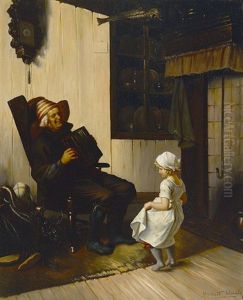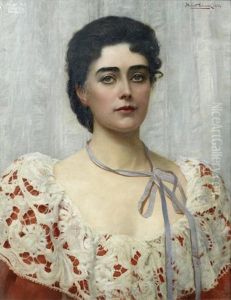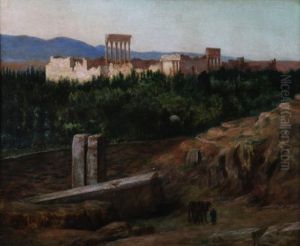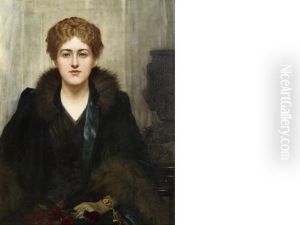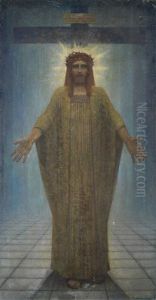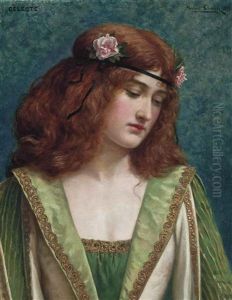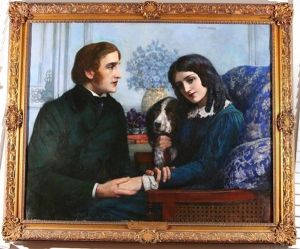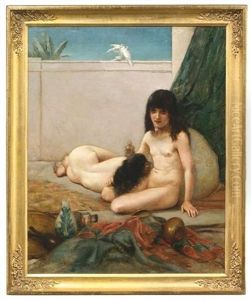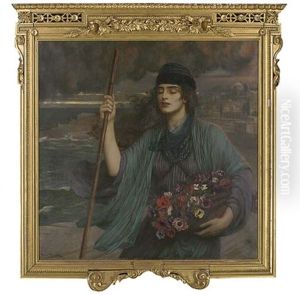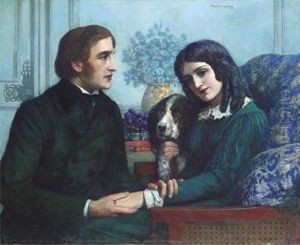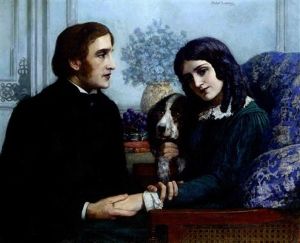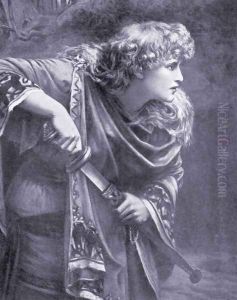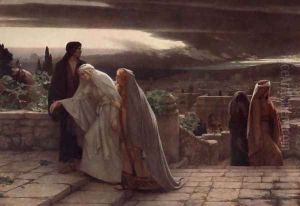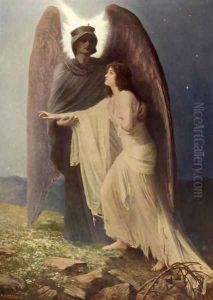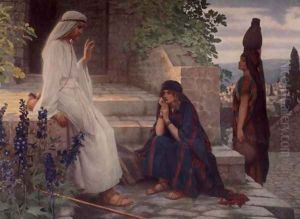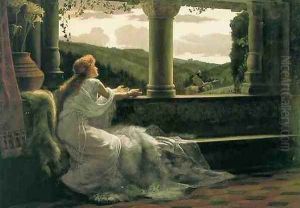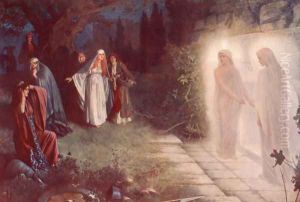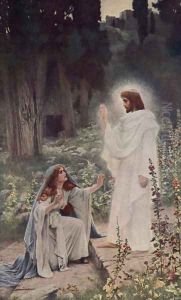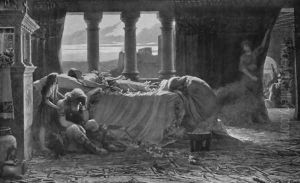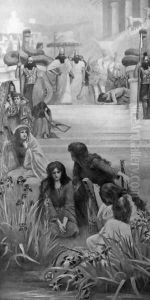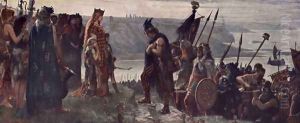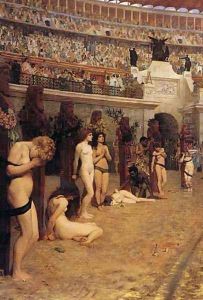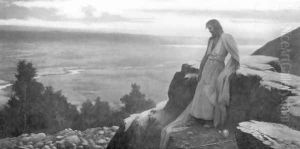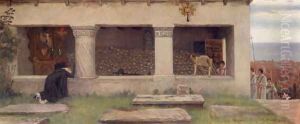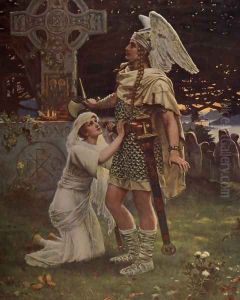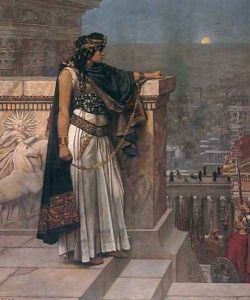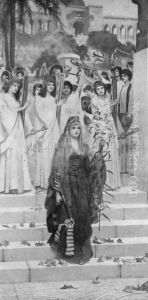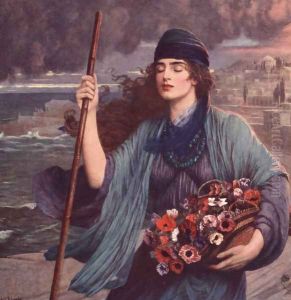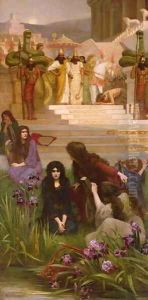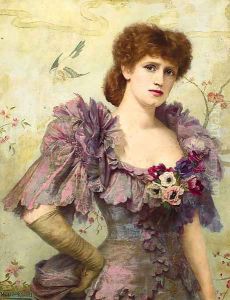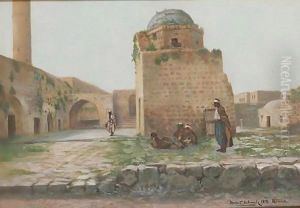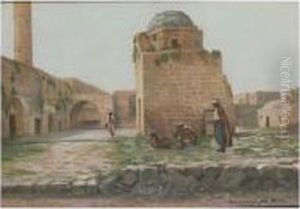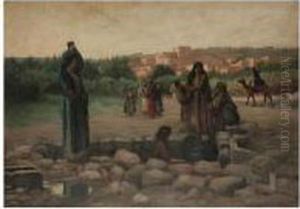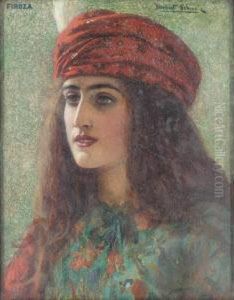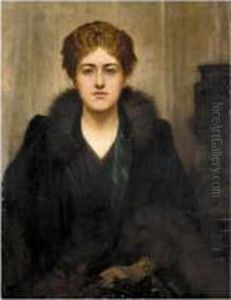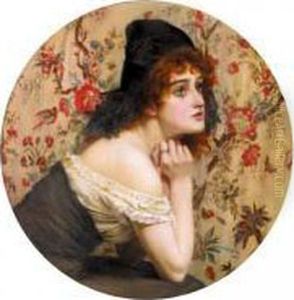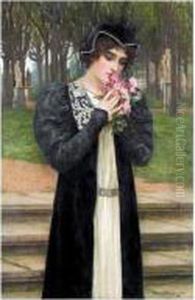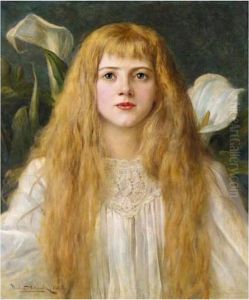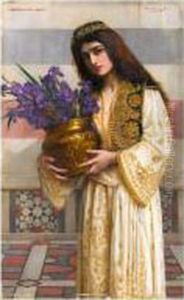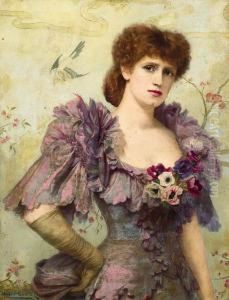Herbert Gustav Schmalz Paintings
Herbert Gustave Schmalz was a notable British artist, born in England in 1856 to a German father and an English mother. Despite his German ancestry, Schmalz primarily identified with his British upbringing and worked within the British art sphere. He later changed his surname to Carmichael in 1918, likely due to the anti-German sentiment prevalent in Britain during and after World War I.
Schmalz was influenced by the Pre-Raphaelite Brotherhood and was well-known for his historical and biblical paintings. His style was characterized by a rich use of color and meticulous attention to detail, which was a hallmark of the Pre-Raphaelite movement. He studied at the Royal Academy Schools and embarked on his artistic career in the late 19th century, a period rich in historicist and academic art.
One of his most famous works is 'Faithful unto Death' (also known as 'A Christian Martyr'), which depicts a scene from the Roman Colosseum where a Christian martyr remains steadfast in her faith before her persecutors. This painting exemplifies his focus on dramatic, historical, and religious themes, often capturing moments of tension and emotional intensity.
Schmalz's work was well-received, and he enjoyed considerable success during his lifetime. He exhibited at the Royal Academy and other prestigious venues. His paintings catered to the Victorian taste for romanticized history and contributed to the broader cultural narratives of the time.
Despite his success, Schmalz's work, like that of many of his contemporaries, fell out of fashion in the early 20th century as the art world shifted towards modernism and abstraction. Nevertheless, his paintings remain a testament to the skill and craftsmanship of late Victorian academic art and continue to be of interest to art historians and collectors. Schmalz passed away in 1935, leaving behind a legacy as a skilled painter of historical and religious scenes.
